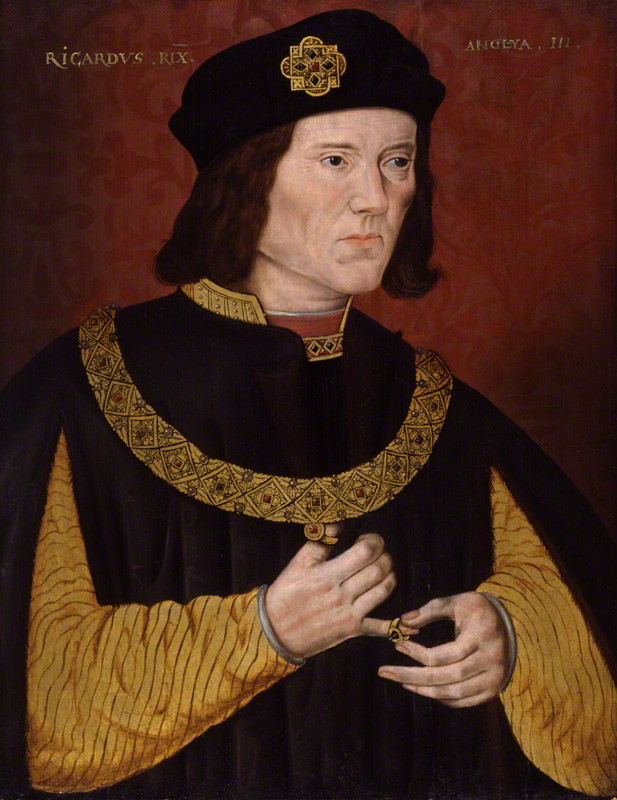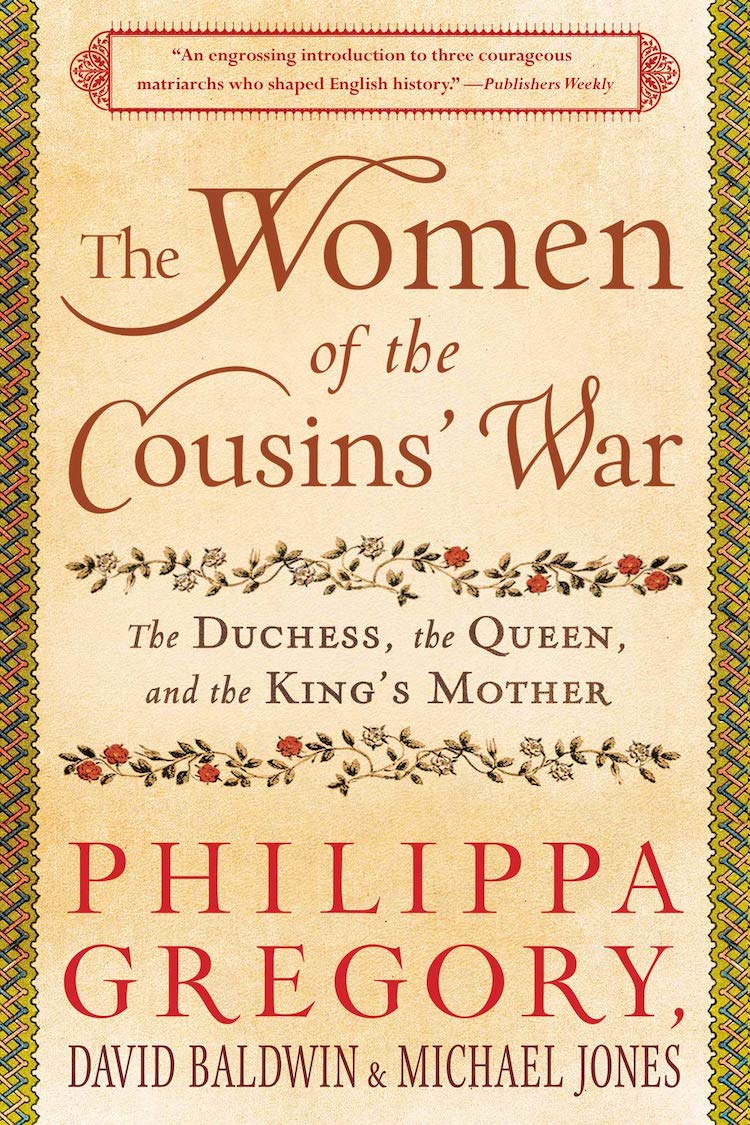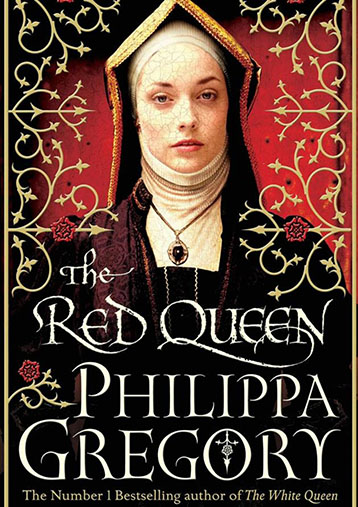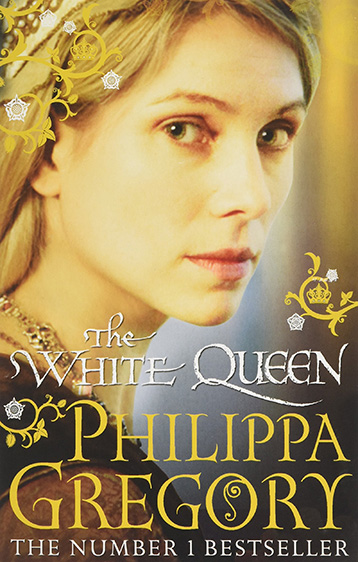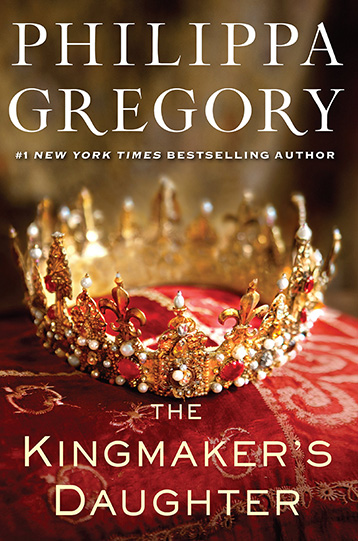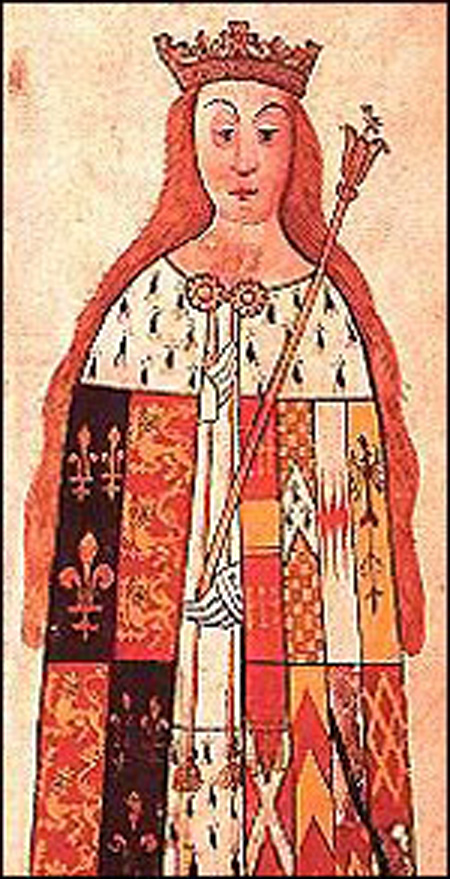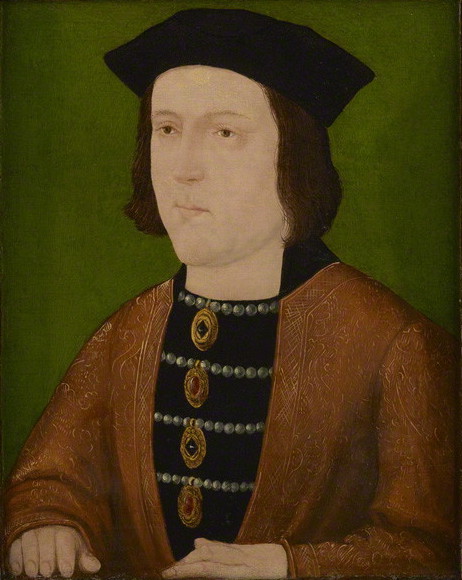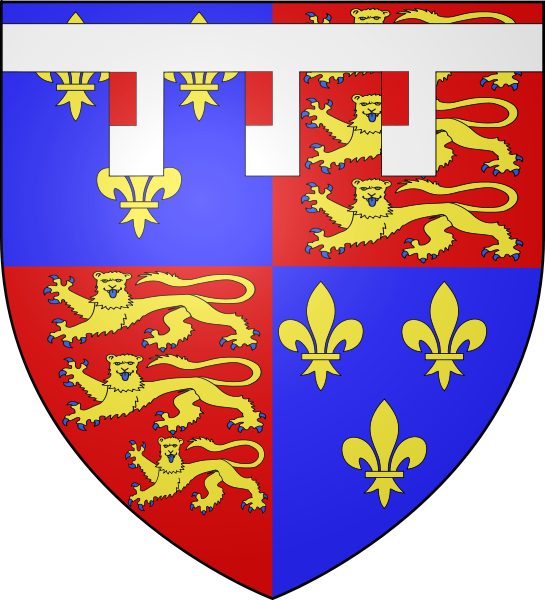Richard Duke of Gloucester was the youngest son of Richard Duke of York and Cecily Neville. He was born at Fotheringhay Castle in 1452 but spent much of his youth at Middleham Castle in North Yorkshire which was owned at the time by Richard Neville Earl of Warwick – ‘The Kingmaker’.
When his brother Edward IV took the throne Richard was a great support. A highly regarded military commander, Richard ruled the north of England and went into exile with him after the Lancastrians briefly restored Henry VI, returning the following year to win battles at Barnet and Tewkesbury which restored Edward to the throne. When Edward died, he named Richard Lord Protector for his son, the twelve-year-old King Edward V.
As the young Edward travelled to London on the orders of his mother Elizabeth Woodville, something happened to change Richard’s mind. He rode out, intercepting them on the journey. He arrested, imprisoned and executed Edward’s half-brother Richard Grey and uncle Anthony Woodville at Pontefract Castle.
As the young king travelled to London from Ludlow, Richard met and escorted him to lodgings in the Tower of London where Edward V's brother Richard joined him shortly afterwards. Arrangements were made for Edward's coronation on 22 June 1483, but before the young king could be crowned, his father's marriage to his mother Elizabeth Woodville was declared invalid, making their children illegitimate and ineligible for the throne. On 25 June, an assembly of lords and commoners endorsed the claims. The following day, Richard III began his reign, and he was crowned on 6 July 1483. The young princes were not seen in public after August, and a number of accusations circulated that the boys had been murdered on Richard's orders, giving rise to the legend of the Princes in the Tower.
There were two major rebellions against Richard. The first, in October 1483, was led by staunch allies of Edward IV and also by Richard's former ally, Henry Stafford 2nd Duke of Buckingham, his first cousin once removed. The revolt collapsed and Stafford was executed at Salisbury near the Bull's Head Inn. In August 1485, another rebellion against Richard was led by Henry Tudor and his uncle, Jasper Tudor. Henry Tudor landed in his birthplace, Pembrokeshire, with a small contingent of French troops, and marched through Wales recruiting foot soldiers and skilled archers. Richard died during the Battle of Bosworth Field, the last English king to die in battle (and the only one to die in battle on English soil since Harold II at the Battle of Hastings in 1066).
Because of the circumstances of his accession and in consequence of Henry VII's victory, Richard III's remains received burial without pomp and were lost for more than five centuries. In 2012, an archaeological excavation was conducted on a city council car park on the site once occupied by Greyfriars, Leicester. The University of Leicester confirmed on 4 February 2013 that a skeleton found in the excavation was, beyond reasonable doubt, that of Richard III, based on a combination of evidence from radiocarbon dating, comparison with contemporary reports of his appearance, and a comparison of his mitochondrial DNA with two matrilineal descendants of Richard III's eldest sister, Anne of York.
Image: Richard III by Unknown artist, c.late 16th century, National Portrait Gallery (NPG 4980(12))
